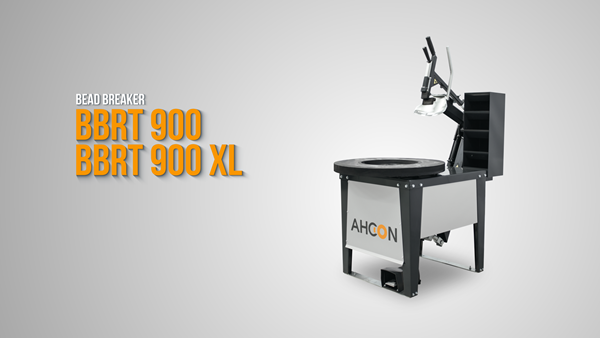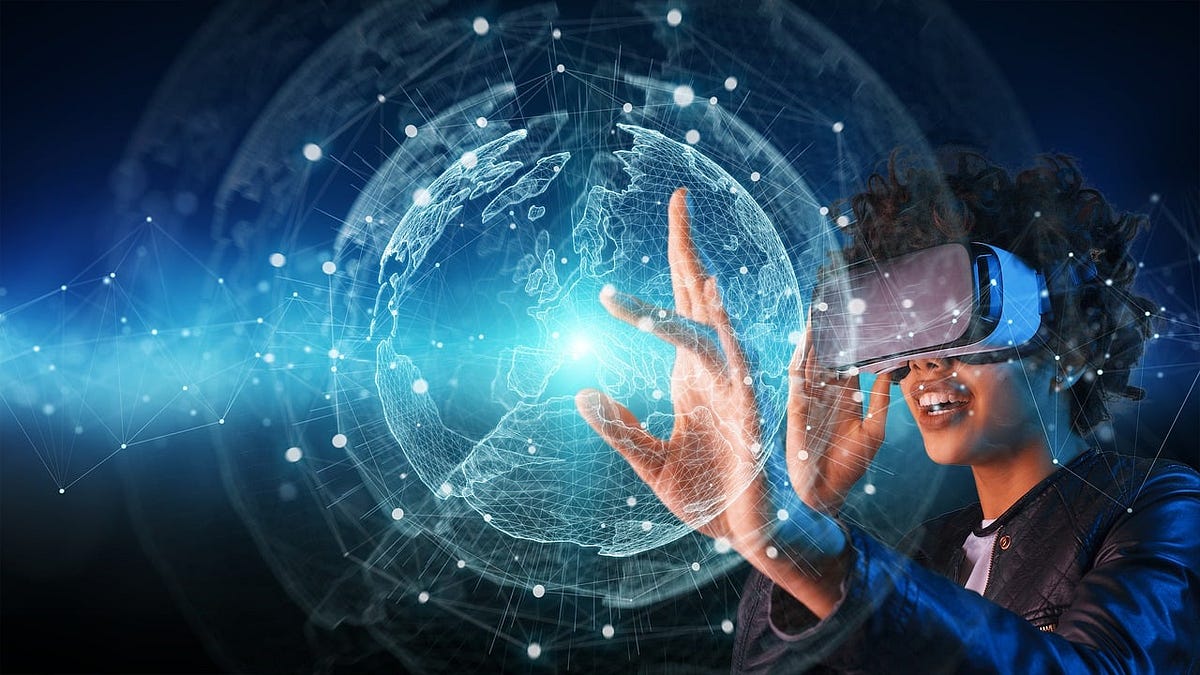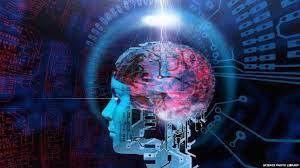In the turbulent seas of contemporary education, blended learning emerges as an island of innovation. Sweeping transformations ushered in by the digitization of society have thrust traditional educational paradigms into a state of protracted reconsideration. Educators are faced with the daunting task of not just adapting to change, but steering through it with foresight. Blended learning, a pedagogical approach that combines face-to-face instruction with digital delivery, may represent the compass to guide the voyage.
What is Blended Learning?
Blended learning is more than just a buzzword; it’s a shift in the educational landscape. It encapsulates a strategic fusion of live classroom experiences and online learning opportunities. This harmonious integration is designed to leverage the unique benefits of each method. While traditional instruction offers the invaluable immediacy of real-time teacher interaction, digital learning can provide flexibility, personalization, and a broader range of resources. The very essence of blended learning is its adaptability. Whether it’s in the form of a flipped classroom, where students engage with content at their own pace, or through interactive online modules, the approach is malleable enough to cater to diverse learning styles and circumstances.
The Digital Catalyst in the Post-Pandemic World
The COVID-19 pandemic precipitated a global crisis that tested the resilience of every sector, with education being no exception. A collective exodus from conventional classrooms into the virtual space thrust educators and students into an unexpected experiment with online learning. Amid the chaos, the feasibility and potential of blended learning shone through. The digital tools that once supplemented in-person teaching became the lifeline of education. The pandemic accelerated technological adoption and innovation in the education sector, paving the way for a more robust integration of digital learning elements.
The Blended Learning Advantage in Academic Performance
Researchers and educators are increasingly finding that the blended approach can have a positive impact on academic performance. Flexibility in learning schedules has been shown to reduce dropout rates, while increased interaction with digital resources can enhance student engagement. Furthermore, personalized learning paths, often facilitated by digital platforms, can cater to individual needs and learning capacities, fostering a more effective learning process. The data harvested from digital interfaces can also provide educators with a more fine-grained understanding of student progress and areas of struggle, allowing for timely intervention and support.
Overcoming Implementation Challenges
The road to a fully realized blended learning system is not without its challenges. Securing reliable internet access and the necessary technology for all students is a significant hurdle, particularly in underserved communities. Additionally, the preparation and professional development of educators to effectively integrate digital tools into their pedagogy require concerted effort and resources. Nevertheless, these obstacles are not insurmountable. Creative solutions, equitable distribution of resources, and continuous training can pave the way for a more inclusive implementation of blended learning.
The Role of Educators in a Blended Learning Environment
The success of blended learning hinges on the role of educators as orchestrators of the learning experience. Teachers are not replaced but refocused. In a blended environment, they become curators of content, facilitators of discussion, and guides in critical thinking. Their expertise is indispensable in designing rigorous curricula and providing context that complements digital instruction. The human element in education is irreplaceable, and the blended approach aims to preserve and amplify it rather than diminish it.
The Future of Blended Learning
Blended learning is not a passing trend; it is a trajectory that the future of education seems inexorably linked to. It holds the promise of a more flexible, personalized, and effective mode of learning that can transcend the boundaries of the traditional classroom. The ongoing development of sophisticated educational technologies, coupled with a growing understanding of pedagogical best practices, underscores the bright future of blended learning.
In conclusion, the path forward in education is not one of abandoning the old, but of integrating it with the new. Blended learning is the harbinger of an educational renaissance, one that cherishes the time-honored values of teaching while harnessing the power of technology to meet the demands of a rapidly changing world. It beckons educators to sail forth, not just to survive the rocky waters of the present, but to thrive in the uncharted territory of the future.




